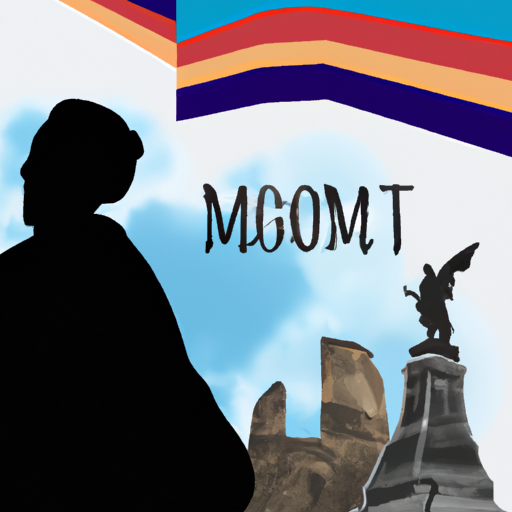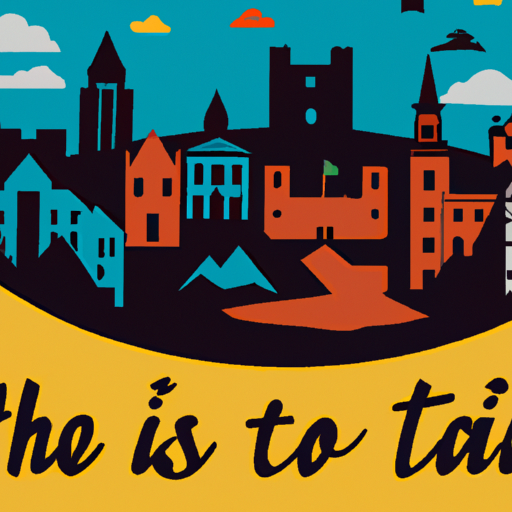History of Loki: The Mischievous God of Norse Mythology
Delve into the mysterious past of Loki, the deity of mischief and bedlam! Uncover the secret life of this enigmatic figure, from his origins to his ultimate fate. Take a journey through time to discover how this enigmatic entity has shaped our understanding of chaos and disorder. Investigate his role in Norse mythology, and explore how he has been interpreted by scholars over the centuries. Unearth the truth behind this captivating character, and uncover why he continues to fascinate us today!
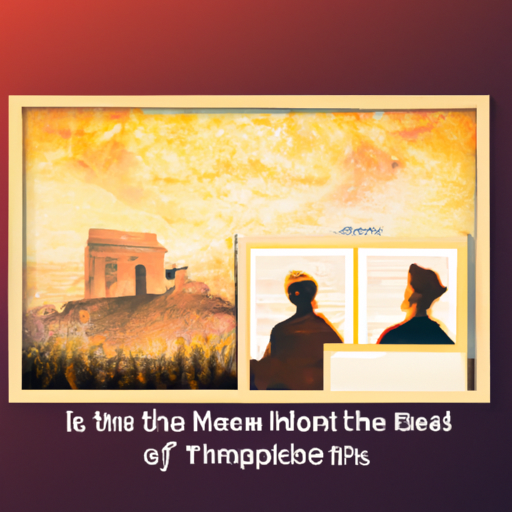
Mysterious, perplexing, and chaotic; these are just a few words to describe the enigmatic figure of Loki. Believed by some to have originated from a Proto-Germanic god known as Loptr or Hloptr, this deity of bedlam and mischief has been adopted into Norse mythology and is credited with being one of the primary sources of chaos in the universe.
Interpretations of Loki vary greatly, with some seeing him as an embodiment of chaos itself while others view him as a mischievous trickster. Regardless, his role in Norse mythology remains an integral part of our understanding of disorder and confusion.
The influence of Loki can still be felt today in literature, film, and popular culture. His character continues to captivate us with its complexity and ambiguity, leaving us wondering why this figure continues to draw our attention centuries later.
.
Introduction
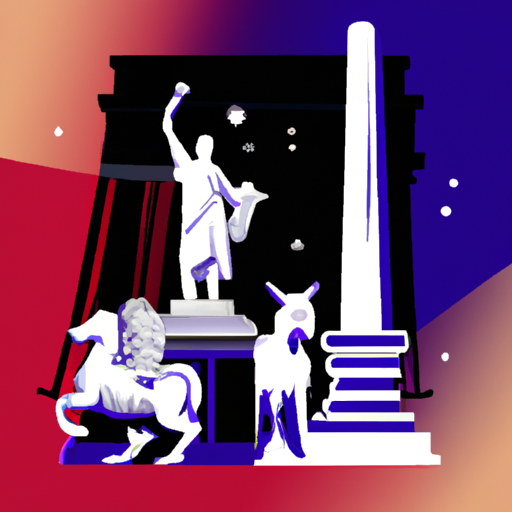
An enigma shrouded in mystery, Loki has been a part of Norse mythology for centuries. His multifarious nature and reputation as the trickster god have earned him the title of mischief-maker, often playing pranks on gods and mortals alike. On top of that, he is also linked to fire, sorcery, anarchy, and the emergence of wickedness into the universe. In some instances he is seen as an adversary to the gods while in others he serves as a faithful companion. Throughout his storied history Loki has had a knack for causing trouble yet somehow finding solutions when necessary. Even today his legacy lives on in popular culture, celebrated by many around the world.
– The History of Loki in Norse Mythology
The enigmatic figure of Loki has captivated the imagination for centuries, with countless tales and interpretations surrounding him. His origins remain uncertain, although it is believed he was an outsider who arrived in the realm of the gods, Asgard. Renowned for his shape-shifting abilities and mischievous behavior, Loki often clashed with Odin, the chief god of Asgard. He was known to cause havoc among the gods by stealing precious items or playing pranks on them, leading to his eventual imprisonment by Odin and other gods. Bound in magical chains until Ragnarok, when he would be released to battle against them.
In modern culture however, Loki has become a symbol of complexity and mystery; appearing as both hero and villain in various books and films. His popularity has increased over time due to his multifaceted character traits and obscure past. Nowadays he serves as an example of how myths can be interpreted differently depending on perspective and context; becoming an integral part of Norse mythology’s legacy in contemporary culture.
– Loki’s Role in Ancient Scandinavian Religion
The enigmatic figure of Loki has been a source of much speculation and conjecture throughout the ages. Described as a trickster god who caused chaos and mischief, he was also said to possess the power of shape-shifting into animals such as salmon or flies. While some believe him to be a demon or giant, others suggest he was an important deity in Norse mythology.
Loki’s most renowned part in the pantheon is his involvement with the death of Baldr, one of the most beloved gods. According to some versions, Loki tricked Baldr’s blind brother Hod into throwing a spear made from mistletoe at him, resulting in his death. This event caused great sorrow among all gods and goddesses, eventually leading to Ragnarok—the end of days for Norse deities—where Loki will lead an army against them.
In addition to being linked with destruction and mayhem, Loki was also considered a protector of sailors and fishermen. It was believed that he could grant safe passage across treacherous waters through his magical powers; moreover, it was thought that he would bring luck to travelers on their journeys.
Despite the ongoing debates over Loki’s place in Scandinavian religion, it is clear that he occupied an essential role in Norse mythology and culture. His multifaceted nature even today provides insight into how ancient societies viewed their gods and goddesses.
– How Loki Became the God of Mischief and Trickery
The mysterious and enigmatic Loki, beloved in Norse mythology, has a captivating history of transformation from benevolent being to a trickster. Initially part of the Aesir gods in Asgard, he was renowned for his intelligence and cunningness, which he often employed to help his kindred deities. Yet this same wit and cleverness also led him astray; when Odin and his brothers formed Midgard, they allowed Loki to stay there as long as he did not cause any trouble – an instruction that he could not resist disobeying.
His mischief included playing pranks on both gods and humans alike, even going so far as to deceive Thor into marrying an ogre! This earned him the wrath of the other gods who eventually imprisoned him in a cave with venom dripping from its ceiling. However, instead of tempering Loki’s mischievousness, this punishment only seemed to increase it; he made several attempts at escaping but was foiled each time by Heimdallr (the guardian sentry). Until one day when Loki managed to convince another god Honir to help him break out by disguising himself as a salmon and swimming through the river that surrounded Asgard.
This freedom granted Loki increased power and influence over both gods and mortals alike. His sharp mind enabled him to manipulate events in order to gain favors or simply cause chaos for amusement’s sake. And thus it is no surprise that with time came the title “God of Mischief & Trickery” – an identity that has stayed with him ever since.
– Loki’s Impact on Modern Day Popular Culture
The enigmatic figure of Loki, the Norse god of mischief, has left an indelible mark on contemporary popular culture. From comic books to movies and TV shows, his presence is ubiquitous. But what is the story behind this trickster?
Loki was first mentioned in Norse mythology as a shape-shifting entity known for his mischievousness and propensity to disrupt the natural order. At times he even aided the gods in their endeavors. Over time, he became one of the most beloved characters in Norse lore, and his popularity surged when he was featured in Marvel comics in 1962.
In Marvel comics, Loki was depicted as Thor’s adoptive brother and arch nemesis. His trademark mischievousness made him a hit with readers, which resulted in him appearing in numerous movies and television shows such as The Avengers (2012), Thor: The Dark World (2013), Avengers: Age of Ultron (2015) and recently Disney+’s Loki (2021).
The portrayal of Loki across these popular media outlets has allowed him to become part of our modern culture. He has become a symbol of chaos and mischief seen everywhere from fashion trends to memes online. His impact on popular culture is undeniable and it looks like it will only increase with each new movie or TV show featuring him.
It’s clear that Loki’s influence on modern day popular culture has been immense due to his long history in Norse mythology and his presence in Marvel comics, movies, and TV shows over the years. His influence can be seen all across media outlets today, likely continuing for many years to come!
– Historical Representations of Loki Throughout the Ages
Throughout the ages, Loki has been a source of perpetual curiosity. His character in Norse mythology is one of trickery and chaos, able to shift shapes and play pranks. As Christianity spread through Scandinavia, this mischievous figure was branded as evil and the cause of much turmoil. However, he could also be seen as a helpful friend or even a hero in some cases.
In medieval literature and art, Loki was depicted with horns and other demonic features that reflected Christianized versions of Norse mythology. Despite this attempt at discrediting him, he still maintained his status as an important figure in many circles.
Nowadays, Loki’s popularity has been renewed thanks to Marvel’s portrayal of him in movies and comics where he is often seen as an anti-hero who seeks justice for his actions. This new representation has made him beloved by fans all over the world who admire his complexity and wit despite his morally ambiguous behavior at times.
No matter how he is represented throughout history, one thing remains certain: Loki will always fascinate us with his mysterious ways and cunning tricks!
conclusion
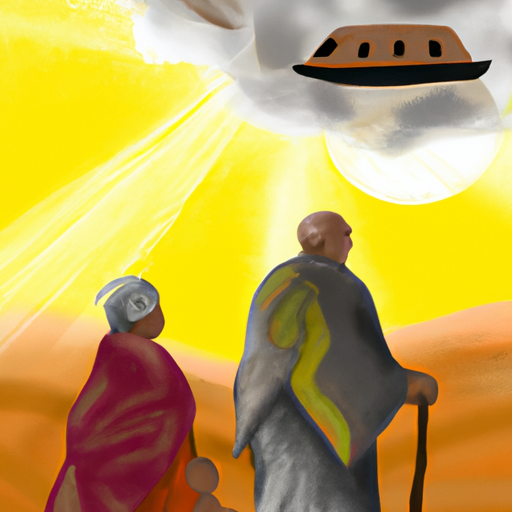
From ancient times, Loki has been venerated as a divine entity. He is renowned for his mischievousness and cunning, yet also has a deep connection with the elements of fire, sorcery and pandemonium. Depending on the circumstances, he has been seen as either an advantageous or detrimental force in history.
.
Some questions with answers
Q1. What is Loki god of in Norse mythology?
A1. In Norse mythology, Loki is a trickster god associated with mischief and deception.
Q2. How did Loki become a god?
A2. Loki was born as the son of two giants, but he eventually became an Aesir god after being accepted into the pantheon by Odin.
Q3. How does Loki fit into Norse history?
A3. Loki has been an important figure in Norse mythology for centuries, appearing in many stories and poems from the Viking Age and beyond.
Q4. What are some of the myths about Loki?
A4. Some of the most famous myths involving Loki include his role in stealing Thor’s Hammer, helping to build Asgard’s wall, and causing Baldur’s death.
Q5. How did the Vikings view Loki?
A5. The Vikings viewed Loki as both a helpful ally and a dangerous enemy, depending on his mood or intentions at any given time.



